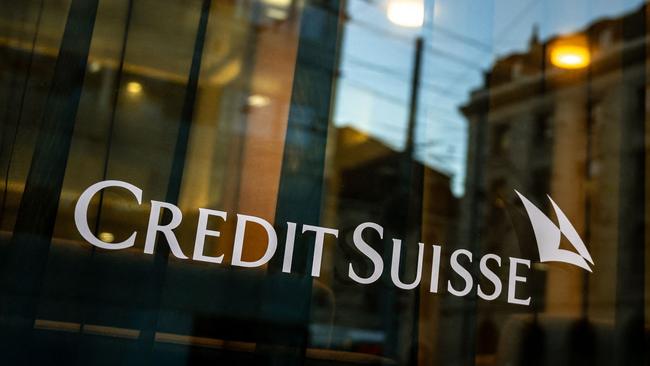
Once efforts became known that Swiss authorities were attempting to force UBS to buy out its smaller arch rival Credit Suisse, there was no turning back. A failure to have reached a deal would be deliver a fatal confidence blow for Credit Suisse and almost certainly plunge Europe’s banking system and the world into a crisis.
That’s why the scramble was on to secure a merger deal through UBS before markets open in Asia on Monday.
Even in its diminished state, Credit Suisse is too big to fail.
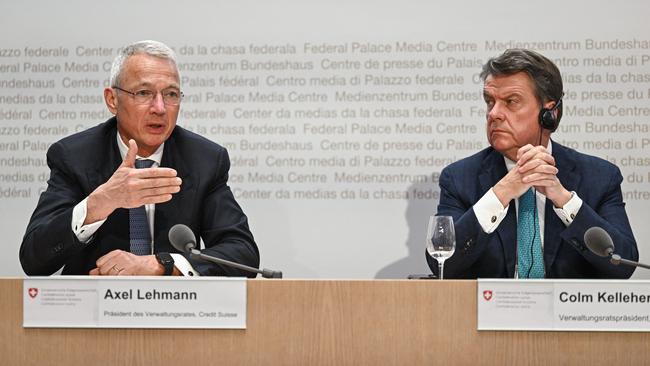
And early Monday, just hours before Australian markets were about to open, a deal was announced with UBS agreeing to pay $US3.25bn ($4.8bn) for Credit Suisse. In addition the Swiss central bank has offered UBS “unrestricted access” to its financing facilities.
“With the takeover of Credit Suisse by UBS, a solution has been found to secure financial stability and protect the Swiss economy in this exceptional situation,” the Swiss National Bank said. The deal represents the first rescue of a globally significiant bank.
On a conference call underway in Zurich, UBS chairman Colm Kelleher says the move to buyout Credit Suisse for $US3.2bn ($4bn) was to preserve global financial stability.
“It’s a historic day in Switzerland and the day frankly we hoped would not come,” Kelleher told the briefing.
“UBS had been firmly committed to our organic growth strategy. Various events over the last few weeks resulted in regulators across the world urging UBS to consider a takeover at Credit Suisse to preserve global financial stability,” he said.
After the Swiss central bank last Thursday pledged to do whatever it takes to provide a liquidity backstop to Credit Suisse including an emergency $US54bn ($80.6bn) credit line, this simply wasn’t enough to restore confidence. Credit Suisse’s shares slid again Friday and deposits remained under pressure — giving the global bank with more than 50,000 staff around the world a market capitalisation of a little under $US8bn. This is a fraction of its total assets of $US575bn, according to Credit Suisse’s latest annual report released last week.
Credit Suisse’s demise is another blow for Europe’s investment banks that were pummelled by a longer-deeper recession in their home market in the wake of the 2008 financial crisis. In contrast the Wall Street banks, Morgan Stanley, JPMorgan and Goldman Sachs managed to outmanoeuvre the Europeans and get bigger faster.
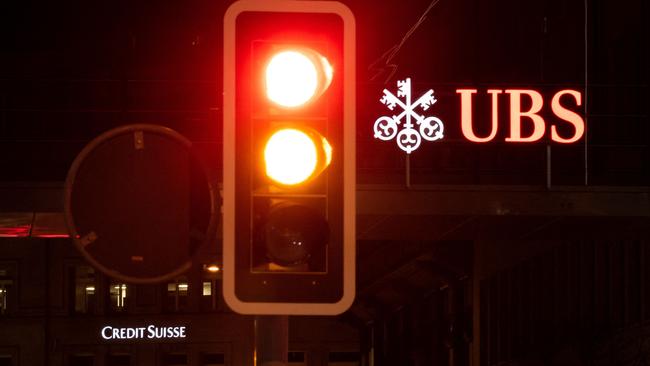
The California-regulated Silicon Valley Bank that collapsed last week was a relatively vanilla, regionally-focused main street bank, albeit with a big business lending book. While that US bank’s implosion was certainly devastating for its mostly-venture capital and technology-based customers that had parked their savings with the bank. That’s where the connections with the rest of the world ended. Credit Suisse is one of more than two dozen globally systemically important banks that trades in everything from CDOs, commercial paper to asset backed securities, whose failure would most certainly set to trigger a wider financial crisis.
While not a mega bank, Credit Suisse through its trading arms and more than $US1.3 trillion wealth management arm is far more interconnected and complex. UBS is also on the list, which means both banks have to hold additional capital on their balance sheets. For perspective, each of Australia’s big four have bigger balance sheets than Credit Suisse, but none are considered too big to fail by the Financial Stability Board, the global financial body that monitors banks.
‘Swiss club’
It’s a rapid downfall for the 166-year-old Credit Suisse – one of the two jewels in the Swiss banking system. The bank counts Roger Federer as a brand ambassador and is known to promote senior staff from the so-called Swiss club, a small pool of bankers which is also seen to be behind some of the massive risk failures of recent years.
Since the financial crisis Credit Suisse has been hit with a string of controversies, including a spying scandal on two executives, and it was fined $US500m by US regulators for promoting subprime securities. Even so it managed to navigate through the global financial crisis while the bigger UBS, a long-time arch rival, itself got into deep financial problems during the global financial crisis and had to be bailed out by the Swiss central bank.
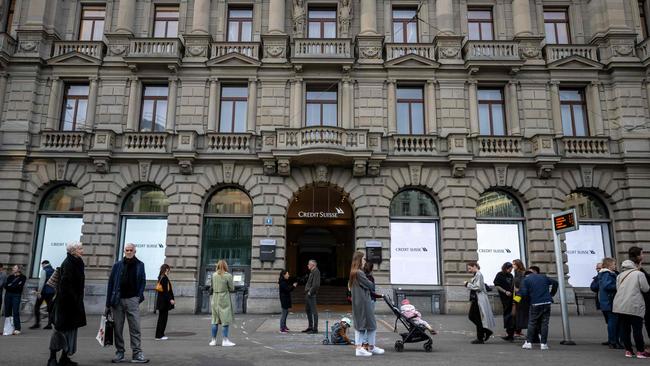
For its part UBS remained a cautious buyer, concerned that it would be importing Credit Suisse’s problems into its balance sheet over which it has worked hard to lower risk. Credit Suisse’s wealth and asset management businesses (including in Australia) would be of interest, but it would seek to offload the investment banking unit under new chief executive Ulrich Koerner.
Former AMP boss, Francesco De Ferrari, is among Credit Suisse’s senior executive ranks as chief of wealth management and Europe.
Much of Credit Suisse’s problems started out through its exposure to one time farmer from Bundaberg – Lex Greensill – who devised a way to package supply chain financing that quickly ballooned to a $US10bn exposure for the investment bank.

The collapse of Greensill Capital Management two years ago was “risk 101 that was simply missed”, one former banker says. And this was followed shortly by the implosion of Archegos Capital Management, another key Credit Suisse client which represented a $US5bn default.
Credit Suisse is still feeling shockwaves as it posted a $US7.8bn loss for last calendar year, coming on the back of a $US1.7bn loss a year earlier.
In Australia Credit Suisse’s investment banking business has slipped down the rankings as it switched its focus on wealth management and private banking. The bank was involved in a peak of $US11bn worth of transactions in Australia at its peak in 2017, slipping back to $US8bn a year later and falling away in the years after that. It was involved in the monster sale of Frank Lowy’s Westfield to Unibail-Rodamco and several sales for Rio Tinto. It also steered logistics tech company Wisetech to IPO which has defied the tech hit. More recently it has been strong on infrastructure deals for private equity fund Pacific Equity Partners and Dutch pension giant APG. Former Commonwealth Bank chief executive David Murray was a senior adviser to Credit Suisse Australia and was instrumental in recruiting De Ferrari to AMP.
Telco battle
Optus has secured an important win as it battles rival Telstra in a closely-watched case that could have big implications for the future of the Australian regional mobile market including the rollout of new generation technology.
Late Friday the Australian Competition Tribunal knocked back an attempt by Telstra to introduce new evidence to the thousands of pages documents – including confidential emails – already filed as the telco major fights to overturn regulatory efforts to block a mobile tower sharing arrangement between Telstra and third-placed telco TPG.
Optus is holding firm in its bid to stop the proposed regional Australia mobile sharing arrangement from going ahead as it fears it will give the dominant Telstra an unassailable advantage in many parts of the country.
In fact, Optus has argued that it would make little sense for it to invest in the regions if Telstra gets its way given it threatens to undermine any returns. These funds would be better spent in the more densely populated cities and suburbs, Optus says.
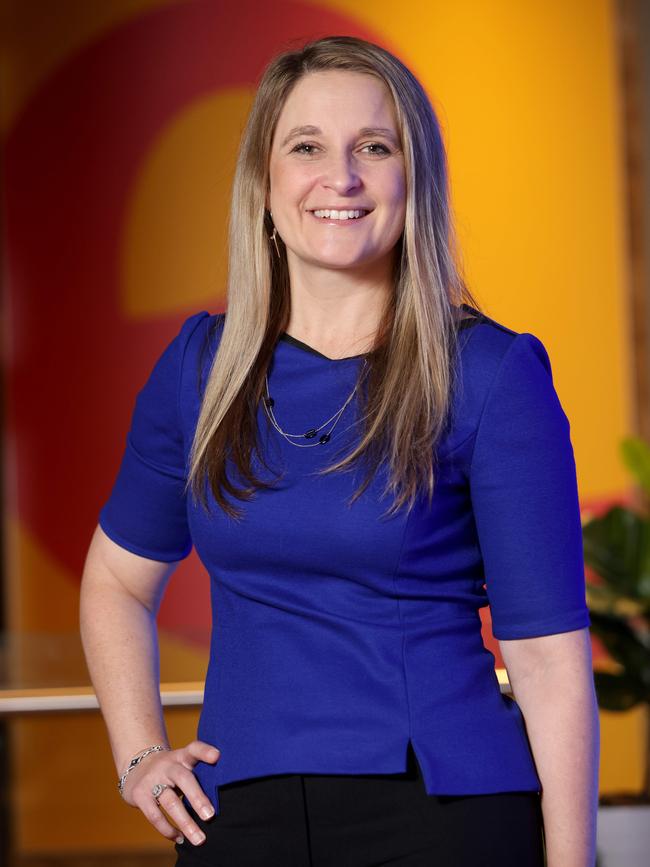
Following an appeal led by Telstra, the tribunal is undertaking a merits review of the December decision of the Australian Competition and Consumer Commission.
And last week Telstra and TPG (which operates the Vodafone brand) asked the tribunal to have Optus present further documents, as well as to be allowed to cross-examine three Optus senior executives, including chief executive Kelly Bayer-Rosmarin, as well as the filing of an additional expert report. But late Friday, the Tribunal refused the request. It was a high-stakes move given the tribunal rarely takes new evidence. In this case it will make its ruling based on the same evidence and witnesses the ACCC heard to make its decision which ran to more than 11,000 pages.
However it didn’t go all Optus’ way with the tribunal issuing an order that the ACCC provide the tribunal with the modelling that was used to back Optus’ claims it would no longer invest in regional Australia. This will mean a central assumption can be tested.
The case is being overseen by Federal Court judge Michael O’Bryan, who is currently acting president of the competition tribunal. The two other members on the panel are former banker and insurance executive Diana Eilert and Jill Walker, a former New Zealand Commerce Commission executive and until 2016, she was a commissioner at the ACCC.
With the release of an outline of submissions by the tribunal over the past week this puts the process on track for several days of public hearings in May with a decision expected in June.
Optus argues through its submissions it has well developed investment plans to expand mobile services across rural and regional Australia, but if the Telstra-TPG network sharing deal is allowed to go ahead these plans would have to be reconsidered. A major part of the tribunal’s brief will be to test this assertion.
‘Market power’
When the ACCC made its initial ruling the regulator raised concerns the network sharing deal would fundamentally increase Telstra’s market power. While there might be a short term boost for customers in regional Australia, the ACCC strongly believed it would come at a longer term cost for the telco market.
Here it concluded it would fundamentally increase Telstra’s market power, making it much harder for competitors such as Optus to raise a rational business case to continue to invest in regional Australia. In effect the decision was a trade off of the short term for the longer term implications for consumers and businesses. Optus also argued the Federal government’s ban on using Huawei telecommunications equipment means it is already starting from a long position behind in trying to roll out ultra-fast 5G services given Optus has used Huawei for its 4G technology and needs to retrofit its network with a new equipment provider.
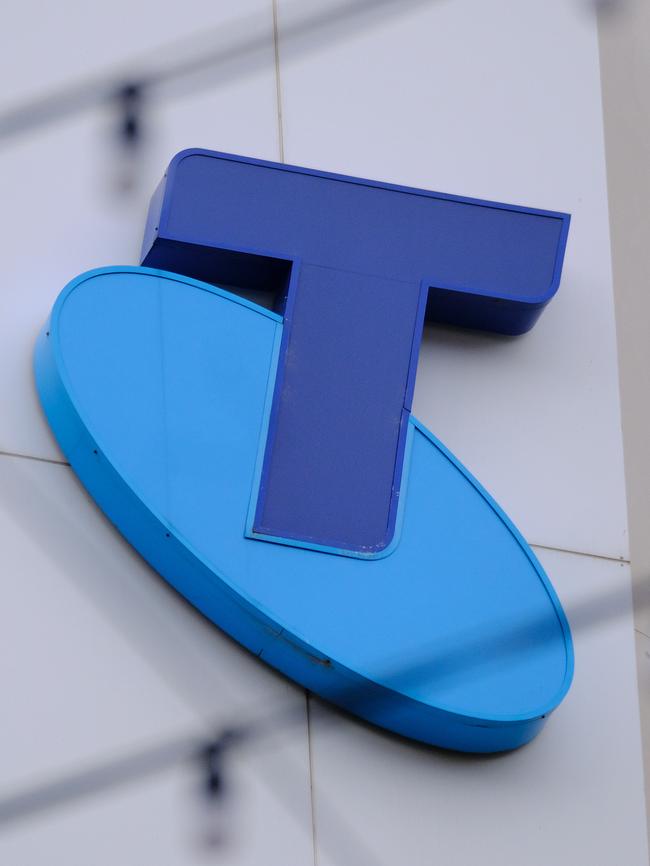
The area at stake is the very fringes of cities and regional areas that contain around 17 per cent of the Australian population, or a little over 4 million people, who are largely serviced by Telstra as Optus attempts to make inroads into this market.
Optus warns that by pulling back its own investment in regional Australia – particularly around 5G services this would be a major harm to competition.
“Optus currently competes with Telstra in a way that TPG will not if the (sharing) transaction takes place,” Optus says in its submission to the tribunal. TPG would not have an incentive to build its own network in regional Australia and will be wholly reliant on Telstra for network quality, it adds. TPG’s will not drive Telstra to invest more in a 5G rollout, or a subsequent 6G rollout, Optus argues.
“Telstra is likely to reduce the scale of its 5G rollout regional coverage area (and in remote parts of Australia), and may defer or reduce any subsequent investments in technology in those areas (including the construction of a 6G network),” Optus says.
For its part Telstra maintains the infrastructure sharing deal with TPG means it can offer better services in sparsely populated areas where there is already marginal returns. It also argues that it is increasing competition because TPG will be able to gain a foothold in new markets and compete against Telstra on both mobile and other services such as NBN.
johnstone@theaustralian.com.au





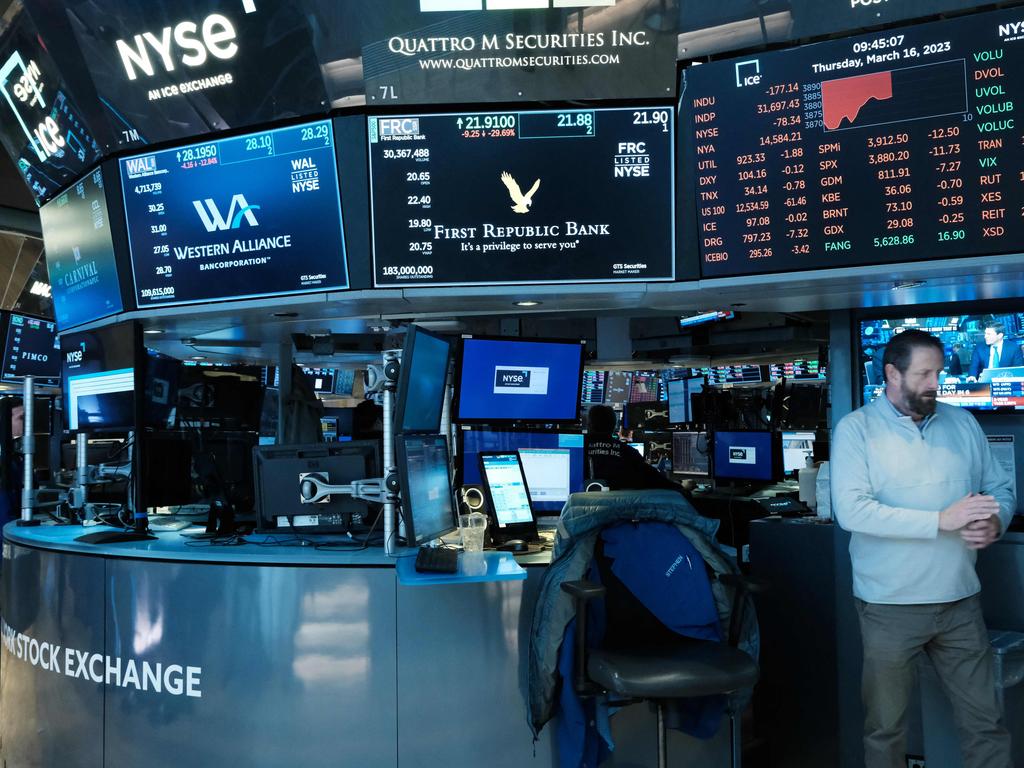


The weekend race to save investment bank Credit Suisse had far bigger implications for the global financial system than the collapse of Silicon Valley Bank, and this is why regulators were given only one chance to get it right.